Best Soil for a Vegetable Garden in a Raised Bed
- January 15, 2024
- 0 comment
Creating the ideal environment for your vegetable garden starts with the foundation the soil. When cultivating a garden in a raised bed, the choice of soil becomes a critical factor in ensuring the health and productivity of your plants. The best soil for a vegetable garden in a raised bed is not just about providing physical support; it’s about creating a nutrient-rich haven where your plants can thrive.
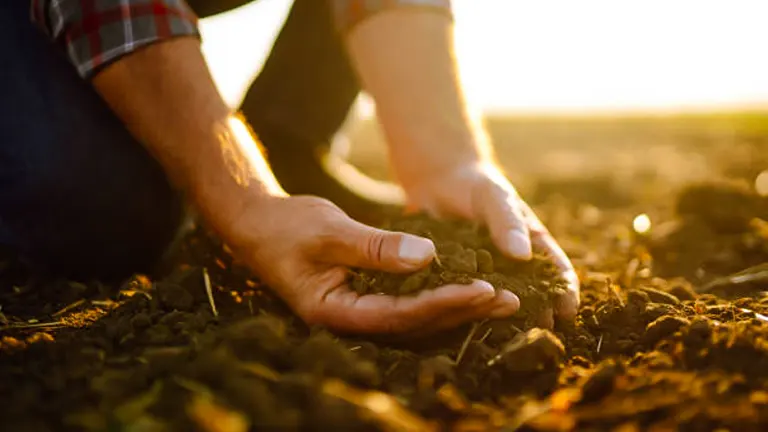
In this guide, we will explore the key characteristics that make soil optimal for raised beds, offering insights into composition, drainage, and organic matter. Understanding the nuances of soil selection is the first step toward cultivating a vibrant and flourishing vegetable garden in the elevated confines of a raised bed.
List of Best Soil For a Raised Bed Vegetable Garden
- Topsoil
- Compost
- Coarse Sand
- Vermiculite
- Peat Moss or Coco Coir
- Rock Dust
- Worm Castings
- Elemental Sulfur or Aluminum Sulfate
Importance of Soil in Raised Bed Gardening
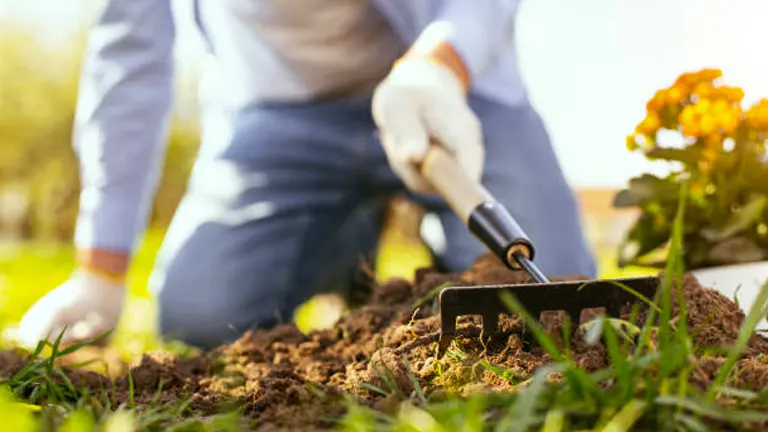
In raised bed gardening, good soil is super important for our plants to grow well. Unlike regular gardening, we get to decide what’s in the soil. It’s like a comfy home for our plants, giving them what they need to be healthy. With the right soil in raised beds, our plants grow faster, become healthier, and make more veggies. The cool thing is, in raised beds, the soil doesn’t get all hard and compacted, which is a common problem in regular gardens. So, having good soil is like setting up the perfect home for our plants to have a happy and fruitful life.
Benefits and Control in Raised Bed Gardening
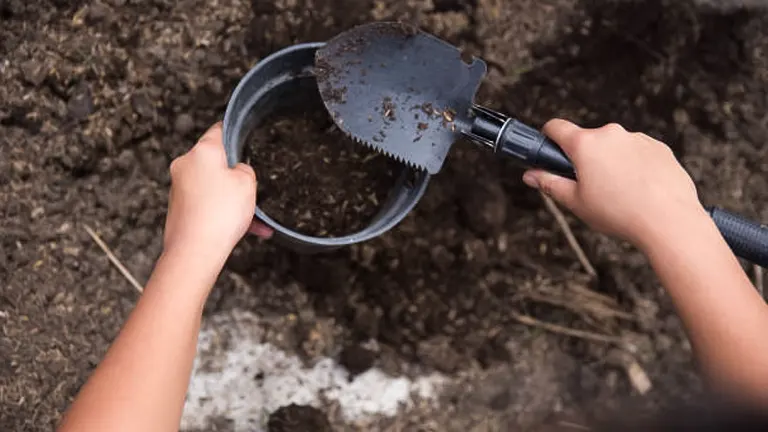
Raised bed gardening offers a unique set of benefits and control that make it an appealing choice for many gardeners. With raised beds, there is a heightened ability to tailor the soil conditions to meet the specific needs of the plants. This control over the growing environment allows for optimal conditions, particularly beneficial for those dealing with challenging soil types or limited gardening space.
Best Soil For a Raised Bed Vegetable Garden
1. Topsoil
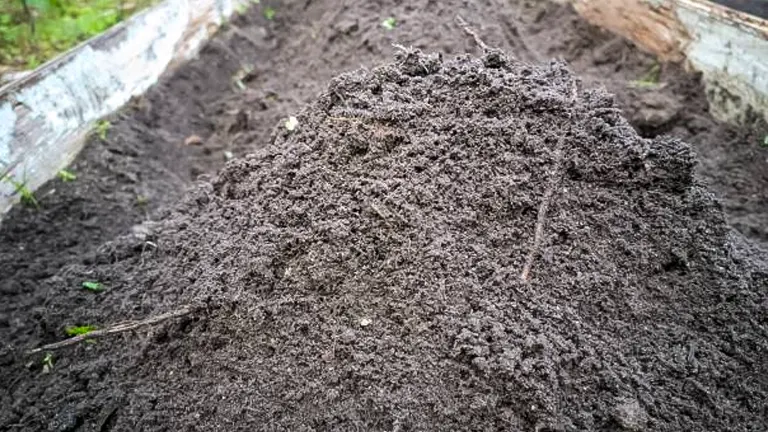
Topsoil is a fundamental component for raised bed gardening. Typically consisting of a mix of clay, silt, and sand, topsoil provides a solid foundation for plant roots to anchor and receive essential nutrients. However, using native topsoil directly from your backyard may not be ideal, as it could lack the necessary balance of components needed for optimal plant growth.
2. Compost
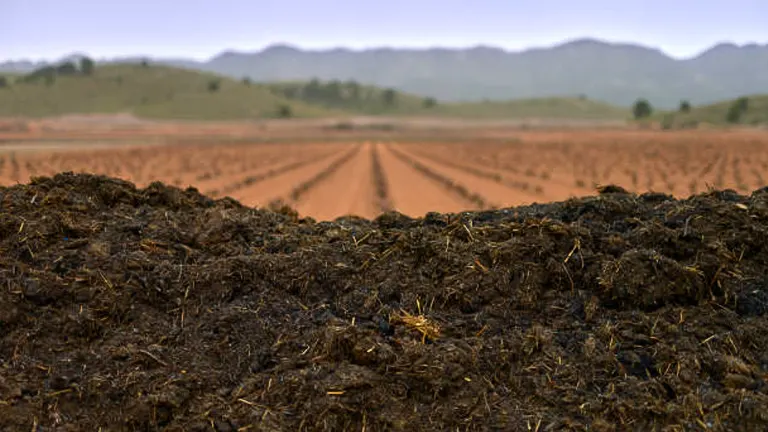
Compost is a powerhouse of organic matter that significantly enhances soil fertility. Made from decomposed kitchen scraps, yard waste, and other organic materials, compost enriches the soil with essential nutrients. Its crumbly texture improves soil structure, promotes water retention, and encourages the growth of beneficial microorganisms, creating a fertile environment for vegetables.
3. Coarse Sand
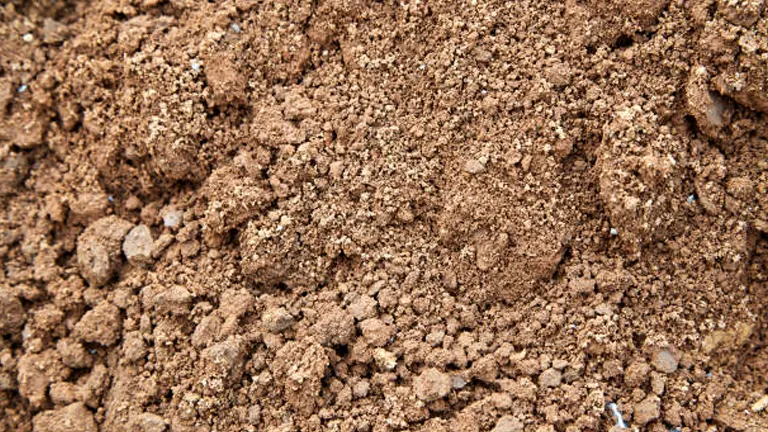
Coarse sand is an essential ingredient to promote well-draining soil in raised beds. Its large particles enhance aeration and prevent soil compaction, allowing plant roots to access oxygen easily. While sand doesn’t contribute significant nutrients, its role in preventing waterlogged conditions ensures a healthy balance between moisture retention and drainage.
4. Vermiculite
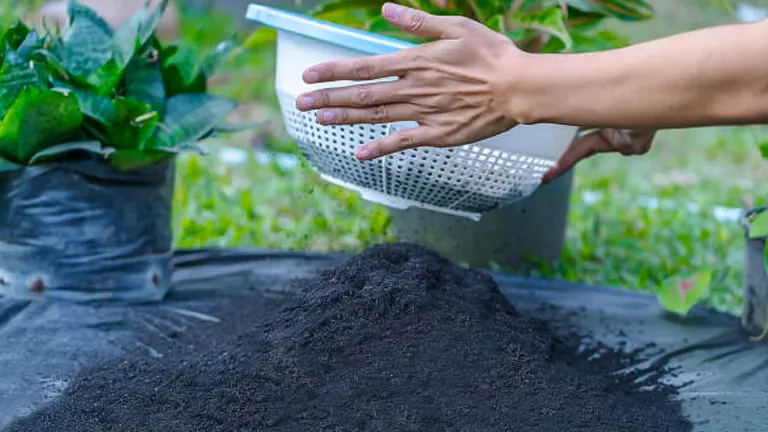
Vermiculite, a mineral with excellent water retention properties, plays a crucial role in maintaining soil moisture levels. Adding vermiculite to the soil mix ensures that plants receive consistent hydration, especially in raised beds where water drainage is essential. Its lightweight and fluffy nature also contributes to improved soil texture.
5. Peat Moss or Coco Coir

Peat moss and coco coir are organic materials that enhance water retention and aeration in the soil. They are particularly valuable in preventing soil compaction and ensuring a light, fluffy texture. Additionally, these materials contribute to sustainable gardening practices, as peat moss is a finite resource, and coco coir is derived from coconut husks.
6. Rock Dust

Rock dust, derived from minerals like granite or basalt, serves as a natural source of essential minerals and trace elements. Adding rock dust to the soil replenishes nutrient levels, promoting overall soil fertility. It’s a valuable amendment for ensuring that the soil provides a complete spectrum of minerals necessary for robust plant growth.
7. Worm Castings
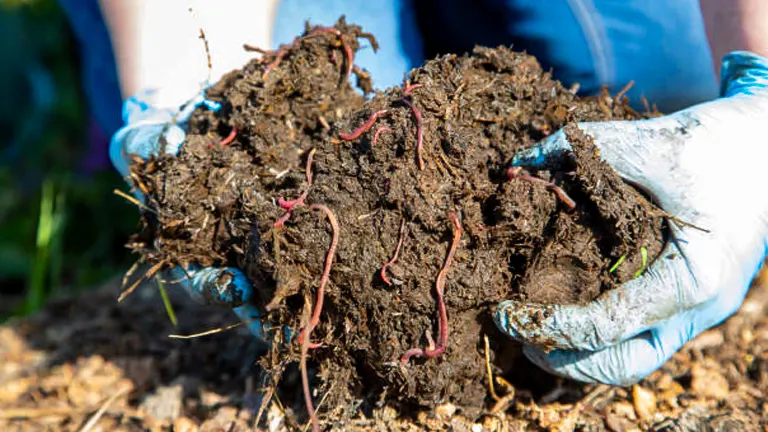
Worm castings, rich in nutrients and beneficial microorganisms, are a fantastic organic amendment for raised bed soil. Adding worm castings provides a natural boost to plant health, enhancing nutrient availability. It also contributes to the development of a thriving soil ecosystem, supporting the intricate web of interactions between soil organisms.
8. Elemental Sulfur or Aluminum Sulfate
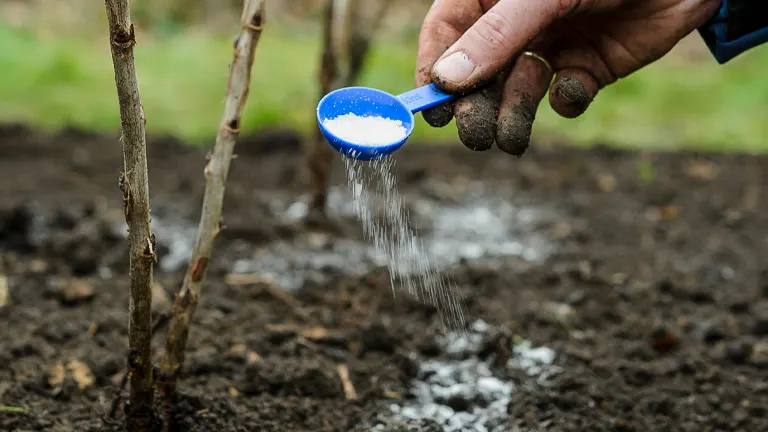
For gardeners cultivating acid-loving plants like strawberries and blueberries, adjusting soil acidity is crucial. Elemental sulfur or aluminum sulfate can be added to lower soil pH, creating an environment favorable for these specific crops. This targeted approach ensures that the soil aligns with the preferences of acid-loving plants.
Signs of Poor Soil Quality in Raised Beds
1. Slow Plant Growth
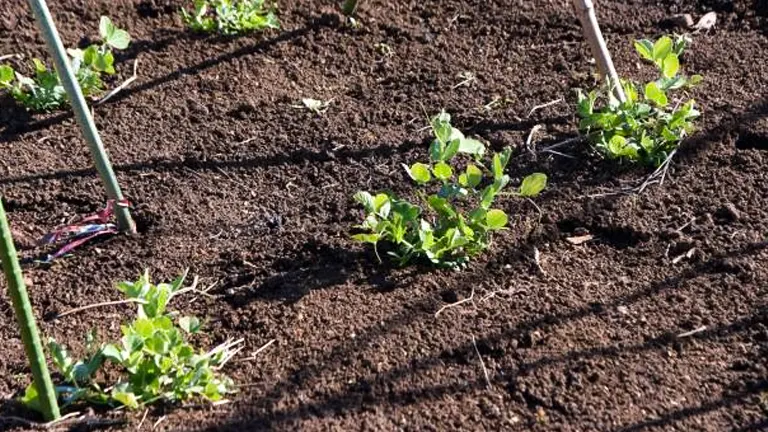
One of the telltale signs of poor soil quality in raised beds is sluggish plant growth. Healthy soil provides the necessary nutrients for plants to thrive, and when this is lacking, the growth of vegetables can be noticeably stunted.
2. Changes in Leaf Color

A vibrant and uniform leaf color is indicative of well-nourished plants. Poor soil can lead to variations in leaf color, with leaves displaying signs of nutrient deficiencies or stress.
3. Pests and Diseases
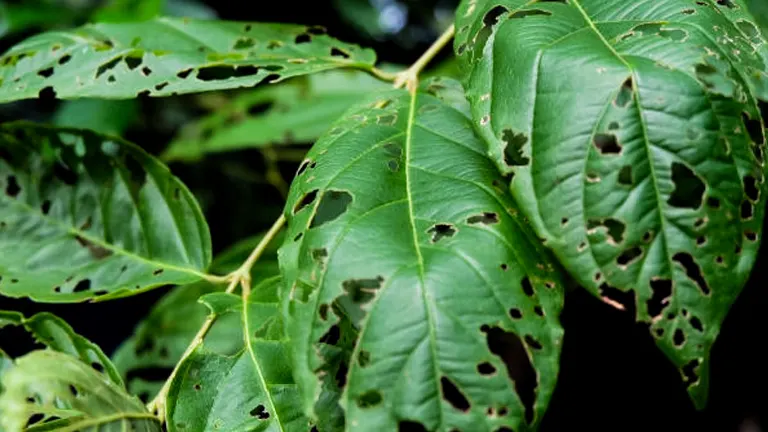
Weak and stressed plants are more susceptible to pests and diseases. Poor soil quality compromises the plant’s ability to defend itself, making it prone to infestations and infections.
4. Compacted Soil
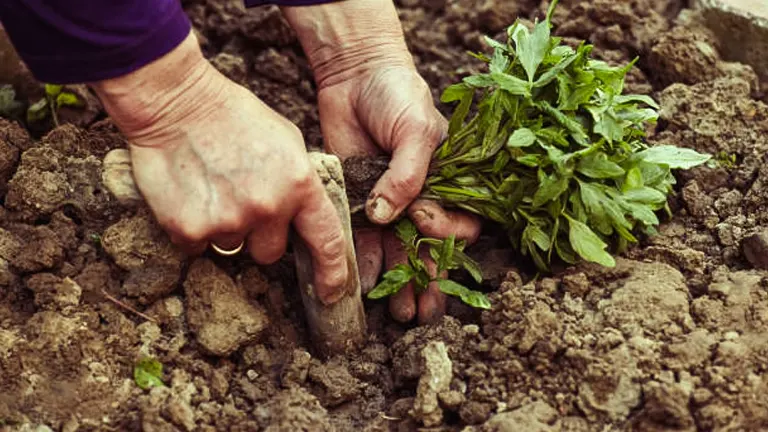
Compacted soil in raised beds hinders root development and limits the plant’s access to essential nutrients. Difficulty in digging and an overly dense soil structure are signs that the soil needs attention.
5. Poor Soil Cohesion
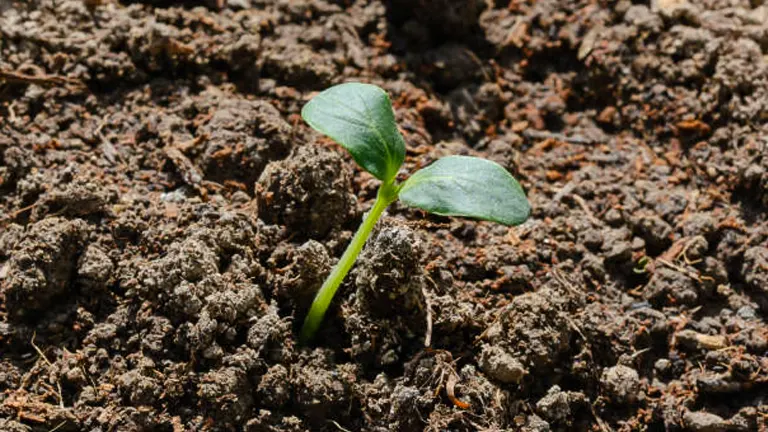
Healthy soil should have a crumbly texture that allows for easy root penetration. If the soil lacks cohesion and falls apart like sand, it may be deficient in essential organic matter.
6. Dry and Cracked Surface
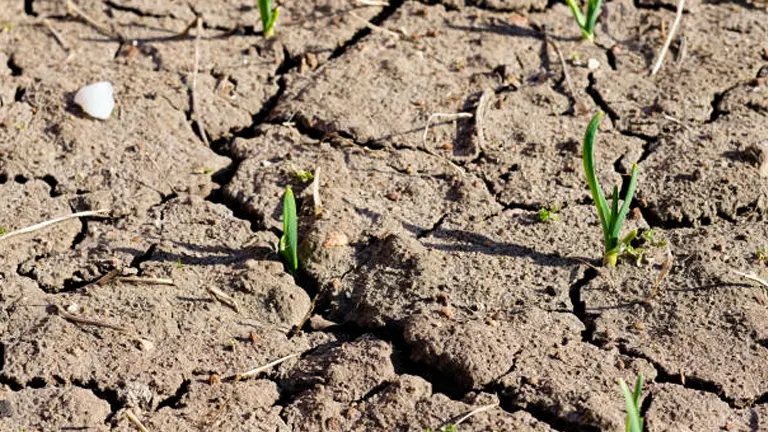
Even after watering, poor soil may appear dry and cracked. This suggests inadequate moisture retention, a crucial factor for sustaining healthy plant growth.
Characteristics of Ideal Soil for Raised Beds
- Light and Fluffy Texture: The ideal soil for raised beds should exhibit a light and fluffy texture. This characteristic ensures adequate aeration and creates favorable conditions for robust root development.
- Nutrient-Rich Composition: Nutrient-rich soil is vital for supplying plants with the elements they need for healthy growth. An ideal soil composition provides a balanced mix of essential nutrients.
- Well-Draining Properties: Well-draining soil prevents waterlogging, a common issue in raised beds. It strikes a balance between retaining moisture and allowing excess water to drain, preventing root rot and other water-related problems.
- Free of Weed Seeds: Weed-free soil is crucial in raised beds to prevent competition for nutrients and resources. Ideal soil should be free from weed seeds or any potential contaminants.
- Absence of Harmful Chemicals: To create a healthy and sustainable growing environment, the soil should be free from harmful chemicals, including pesticides and synthetic fertilizers.
The Importance of Soil Amendments
Soil amendments play a crucial role in enhancing soil quality and promoting optimal plant growth. These amendments are essential for improving soil structure, fertility, and water retention. Whether you’re dealing with compacted soil, nutrient deficiencies, or drainage issues, the right amendments can address specific problems and create an ideal environment for your plants. Common soil amendments include organic matter like compost, which enriches the soil with essential nutrients, and materials like perlite or vermiculite that improve aeration and drainage. Understanding the importance of soil amendments empowers gardeners to tailor their soil to meet the unique needs of their plants, fostering a healthy and thriving garden.
Additional Tips for Identifying Healthy Soil
Identifying healthy soil involves visual cues such as its dark color, indicative of rich organic matter, and a crumbly texture when moist. These pro tips help gardeners assess the soil’s condition before and after amendments. Here are some additional tips to ensure your soil is in prime condition:
- Earthworm Presence: Healthy soil often attracts earthworms, as they play a vital role in soil aeration and nutrient cycling. Their presence indicates a balanced and fertile environment.
- Rich Color: Look for soil with a rich, dark color, as it signifies the presence of organic matter. Darker soils typically have higher nutrient content and better water retention.
- Natural Odor: Healthy soil has a distinct, earthy smell. This natural odor is a positive sign, indicating the presence of beneficial microorganisms breaking down organic matter.
- Moisture Content: Squeeze a handful of soil. Ideally, it should hold together when squeezed but crumble easily when touched. This balance indicates proper moisture content for plant growth.
- Root Development: Check for strong and well-developed root systems in your plants. Healthy soil encourages robust root growth, providing plants with stability and efficient nutrient absorption.
- Absence of Soil Erosion: Healthy soil retains its structure and resists erosion. If you notice minimal erosion and good soil structure, it’s a positive sign of soil health.
By paying attention to these additional indicators, you can further ensure that your soil is conducive to optimal plant growth and a thriving garden.
Role of Compost in Soil Quality
Compost plays a pivotal role in enhancing soil quality and fostering a nutrient-rich environment for plant growth. As a natural and organic soil amendment, compost contributes to soil fertility by providing essential nutrients, including nitrogen, phosphorus, and potassium. Its organic matter improves soil structure, promoting aeration and water retention. Compost also acts as a microbial powerhouse, introducing beneficial bacteria and fungi that contribute to nutrient cycling and disease suppression.
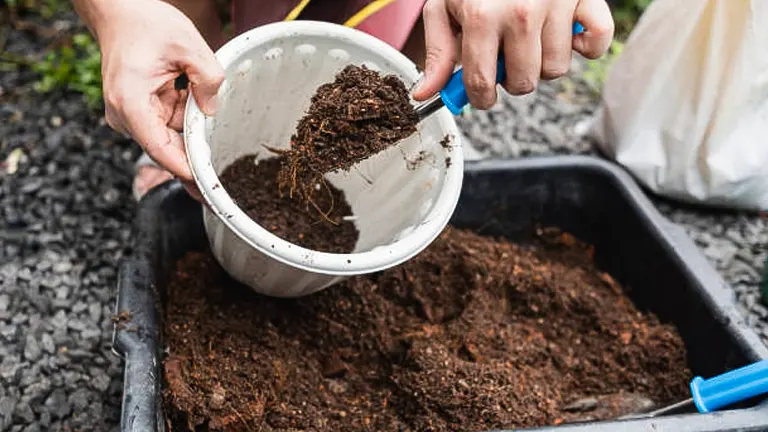
Beyond its nutritional benefits, compost aids in mitigating soil erosion and enhancing overall soil resilience. Its ability to balance soil pH creates a harmonious environment for various plants to thrive. Whether you’re dealing with sandy soil or heavy clay, incorporating compost into the soil improves its texture and promotes a healthy, well-balanced ecosystem. As a sustainable and eco-friendly practice, integrating compost into your gardening routine not only boosts soil quality but also fosters a thriving and resilient garden.
Addressing Specific Soil Issues with Amendments
Addressing specific soil issues with targeted amendments is a key aspect of successful gardening. Different soil problems require specific solutions to create an optimal environment for plant growth. Here are some common soil issues and the corresponding amendments:
- Compacted Soil: For compacted soil, add organic matter such as compost to improve soil structure and aeration. This encourages better root growth and water infiltration.
- Nutrient Deficiency: Identify nutrient deficiencies through soil testing and address them by incorporating organic amendments rich in the lacking nutrients. This could include adding bone meal for phosphorus or blood meal for nitrogen.
- Poor Drainage: Improve drainage in heavy soils by adding materials like coarse sand, perlite, or vermiculite. This prevents waterlogging and enhances overall soil drainage.
- Acidic Soil: To raise soil pH in acidic conditions, use amendments like lime. This helps create a more neutral pH, making the soil suitable for a broader range of plants.
- Alkaline Soil: For alkaline soils, amend with elemental sulfur or acidic organic materials like pine needles. This helps in lowering the pH and making the soil more acidic.
- Excessive Salinity: Address issues of excessive salinity by leaching the soil with water and incorporating organic matter. This process helps flush out salts and improves soil fertility.
By tailoring amendments to specific soil challenges, gardeners can create an environment that promotes plant health and successful cultivation. Regular observation, soil testing, and targeted amendments ensure a proactive approach to soil-related issues.
Optional Soil Recipes for Raised Garden Beds
Recipe #1: 40% Topsoil, 40% Compost, 20% Coarse Sand
A balanced mix of 40% topsoil, 40% compost, and 20% coarse sand creates an optimal soil structure. Topsoil provides density, compost enriches nutrients, and coarse sand ensures proper drainage.
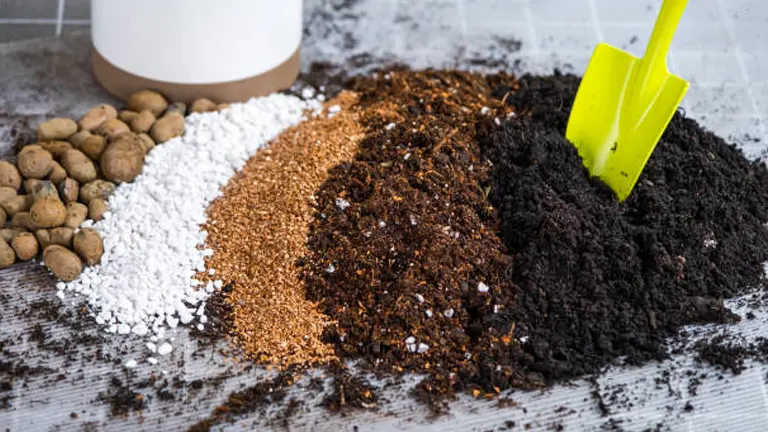
This recipe provides an ideal environment for vegetable plants, promoting healthy growth, nutrient absorption, and effective water drainage.
Recipe #2: Mel’s Mix – 1/3 Compost, 1/3 Coarse Vermiculite, 1/3 Peat Moss or Coco Coir
Mel’s Mix, engineered by gardening expert Mel Bartholomew, combines 1/3 compost, 1/3 coarse vermiculite, and 1/3 peat moss or coco coir. This mix is renowned for its lightness, drainage, and water retention properties.
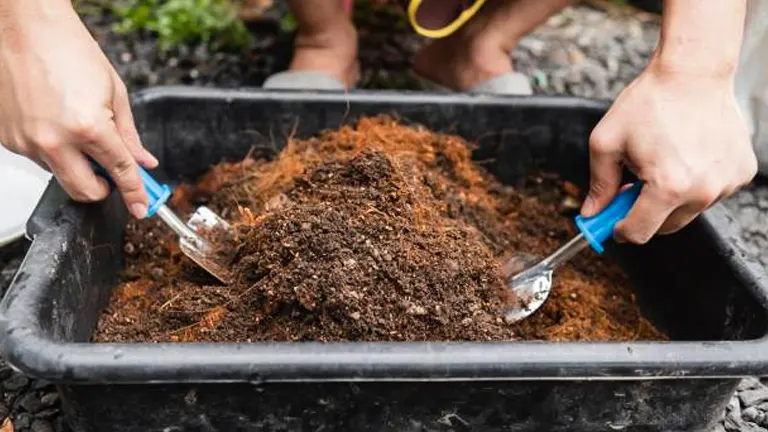
Mel’s Mix offers advantages in terms of improved soil structure and plant health, but considerations regarding cost should be factored into the decision-making process.
Calculating and Filling Raised Beds
- Measuring Dimensions of Raised Beds: Accurate measurement of raised bed dimensions is crucial for determining the quantity of soil needed. Understanding the length, width, and depth ensures precise calculations.
- Calculating Soil Quantity Needed: Calculating the required soil quantity involves multiplying the dimensions of the raised beds. This calculation guides gardeners in determining the amount of soil required for optimal filling.
- Bulk Purchase vs. Bagged Soil: The decision between bulk purchase and bagged soil depends on logistical considerations, budget constraints, and the convenience of soil delivery.
Best Practices for Soil Maintenance
- Adding Compost Seasonally: Seasonal additions of compost replenish nutrients, maintain soil fertility, and contribute to overall soil health. This best practice ensures a continuous supply of organic matter for the plants.
- Utilizing Chopped Leaves and Organic Matter: Chopped leaves and organic matter serve as valuable additions to the soil, contributing to its structure and fertility. Incorporating these materials enhances the long-term health of the raised bed.
- Addressing Soil Settling and pH Levels: Regular monitoring and addressing of soil settling issues ensure that the raised bed remains adequately filled. Additionally, periodic pH level checks allow for adjustments to create an optimal growing environment.
- Growing Cover Crops for Soil Health: Integrating cover crops into the raised bed gardening cycle is a sustainable practice. Cover crops prevent soil erosion, add organic matter, and contribute to nutrient retention.
Addressing Specific Plant Needs
- Tailoring Soil for Berries (Strawberries and Blueberries): Tailoring soil for specific plants, such as berries, involves understanding their unique requirements. Berries, like strawberries and blueberries, thrive in slightly acidic soil conditions.
- Adjusting Acidity with Elemental Sulfur or Aluminum Sulfate: For plants that prefer acidic soil, adjusting acidity can be achieved through the application of elemental sulfur or aluminum sulfate. This ensures the soil pH aligns with the specific needs of the plants.
Conclusion
In conclusion, choosing the right soil for your raised bed vegetable garden is key to a successful and thriving harvest. Pay attention to signs of poor soil, mix it well with the right components, and give it some care throughout the seasons. Whether you opt for a basic blend or a specific recipe, the goal is to create a healthy environment for your plants. So, keep it simple, let your soil be your garden ally, and enjoy the fruitful results in your raised bed.
FAQs
- Why is raised bed gardening preferable, and how does the choice of soil impact it?
Raised bed gardening is advantageous for better drainage, soil control, and space management. The right soil ensures optimal plant growth, overcoming common challenges associated with ground-level gardening. - Can I use regular garden soil in my raised bed, or is there a better option?
While garden soil is an option, it may lack the ideal structure for raised beds. Opt for a mix of topsoil, compost, and sand, creating a well-draining, nutrient-rich environment for your plants. - What are the signs of healthy raised bed soil?
Healthy soil is characterized by a dark color, fluffy texture, and good moisture retention without waterlogging. It crumbles easily, providing a conducive environment for robust plant growth. - Are there secret soil recipes for raised beds, or can I create my own?
Secret recipes exist, such as a mix of 40% topsoil, 40% compost, and 20% coarse sand, or Mel’s Mix with compost, vermiculite, and peat moss. Feel free to customize based on your plants’ needs and your gardening preferences. - How do I calculate the right amount of soil for my raised bed without complications?
Measure the length, width, and height of your bed in feet, multiply them, and divide by 27. This straightforward calculation helps you determine the proper soil quantity without any mathematical hassle. - Can I fix my raised bed soil if problems arise after planting?
Absolutely! To address issues, remove the top 6 inches of soil and replace it with a fresh mix or amendments. It’s a practical solution to refresh your garden without starting from scratch. - How do I ensure year-round soil health in my raised bed?
Maintain soil health by regularly adding compost, incorporating chopped leaves, and addressing settling or pH concerns. Consider cover cropping during non-growing seasons to replenish nutrients and promote soil well-being. - Can I customize raised bed soil for specific plants, like berries?
Yes! Tailor your soil for berries by adjusting acidity with elemental sulfur or aluminum sulfate. This customization ensures your soil meets the unique requirements of strawberries and blueberries for optimal growth and fruit production.
In the realm of raised bed gardening, success begins with the soil. Choose wisely, nourish consistently, and watch your vegetable haven thrive. Happy gardening!

Benjamin Brooks
Forestry AuthorGreetings! I'm Benjamin Brooks, and my journey over the past 15 years has revolved around the fascinating realms of content creation, expertise in snow clearing, and the intricate world of lumberjacking and landscaping. What began as a simple curiosity about the natural world and heavy machinery has evolved into a passionate profession where my love for crafting words intertwines seamlessly with my lumberjacking and garden skills.






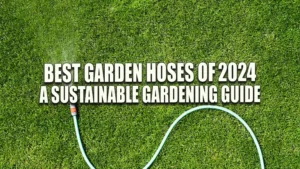





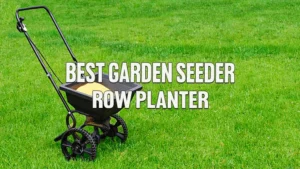
Leave your comment